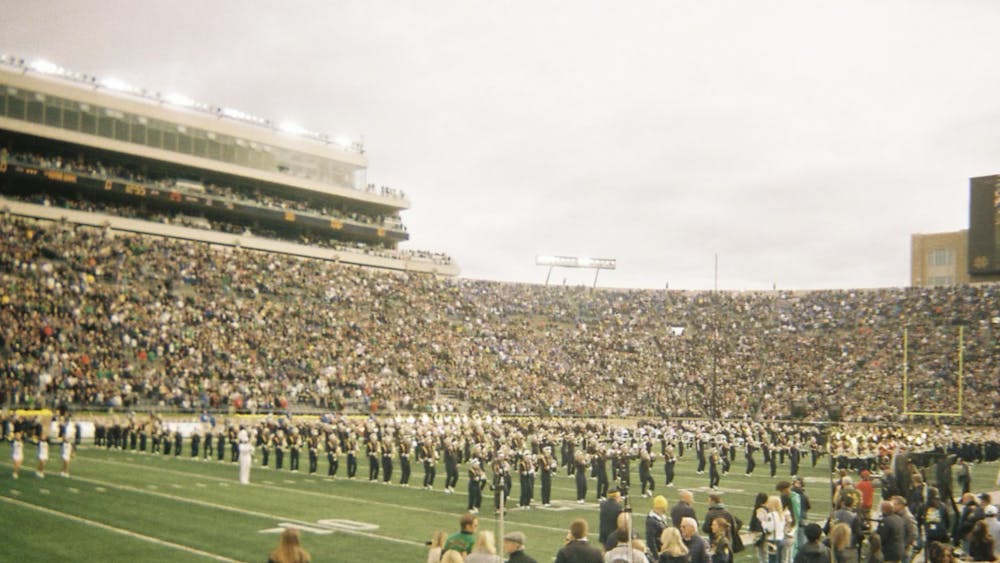Along with the release of updates to Windows 10 OS last month, Microsoft also announced the release of HoloLens later this year. For those unaware of this exciting new technology, HoloLens is essentially a step up from Google Glass.
It is a pair of glasses that uses the holographic computing platform of Windows 10 to integrate reality with digital content. This means that the HoloLens can translate the 2-D blueprint of a building into a 3-D holographic model, and the user can use hand gestures to interact with the hologram. If this reminds you of Tony Stark working on his Iron Man armor, then you are thinking in the right direction. It is important to note the HoloLens cannot project holograms into the physical space for displays.
If you have stayed up to date with the rollout of Google Glass, you’ll know it was a flop. Not only was the technology not ready for the public, the infrastructure required for the glasses to function the way it was meant to also was not there. Google Glass was so unsuccessful, it was recently pulled from production. Now, Google is known to engage in unrealistic business models that hold tremendous future value; like when they offered GOOG – 411 for free while all other 411 services charged a fee. This proved to be a valuable venture when voice recognition technology development required large datasets of human voices. So it is possible that Google Glass was just a test during which Google collected important user data.
Then how is the Microsoft HoloLens supposed to overcome the difficulties Google Glass faced? To be frank, I do not know. Those lucky enough to try out the HoloLens have not commented on the shortcomings of such a device. But it is clear that the HoloLens has some significant implications for our future, especially in the gaming world. The HoloLens can scan the physical environment and digitally formulate the game environment according to the surrounding physical. This will allow the gamer to interact with his or her setting, creating a much more realistic experience.
The possibilities for the HoloLens are endless, but one problem it currently does not address is the connectivity between devices. While you can be fully immersed in the augmented reality created by HoloLens, the user is incapable of sharing that world with others. This was also something Google Glass lacked; there were no social aspects to the device and users could not sync with each other. That being said, it would not be hard for either device to adopt a social network created by the third party developer.













